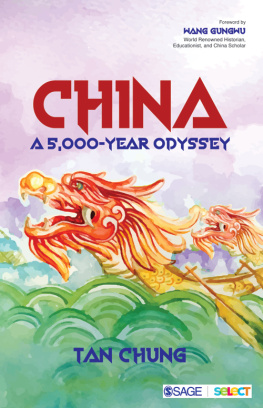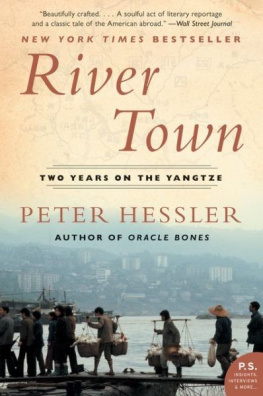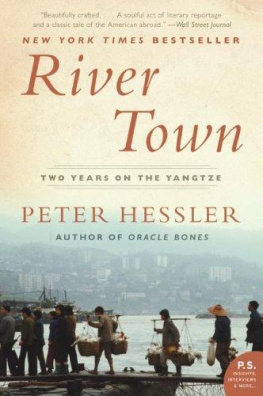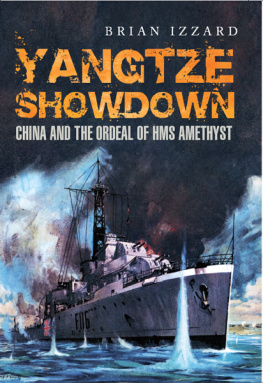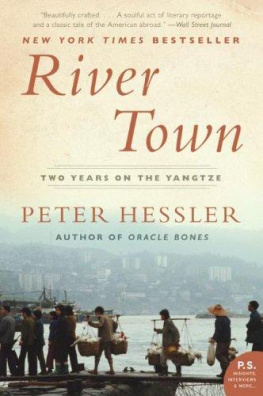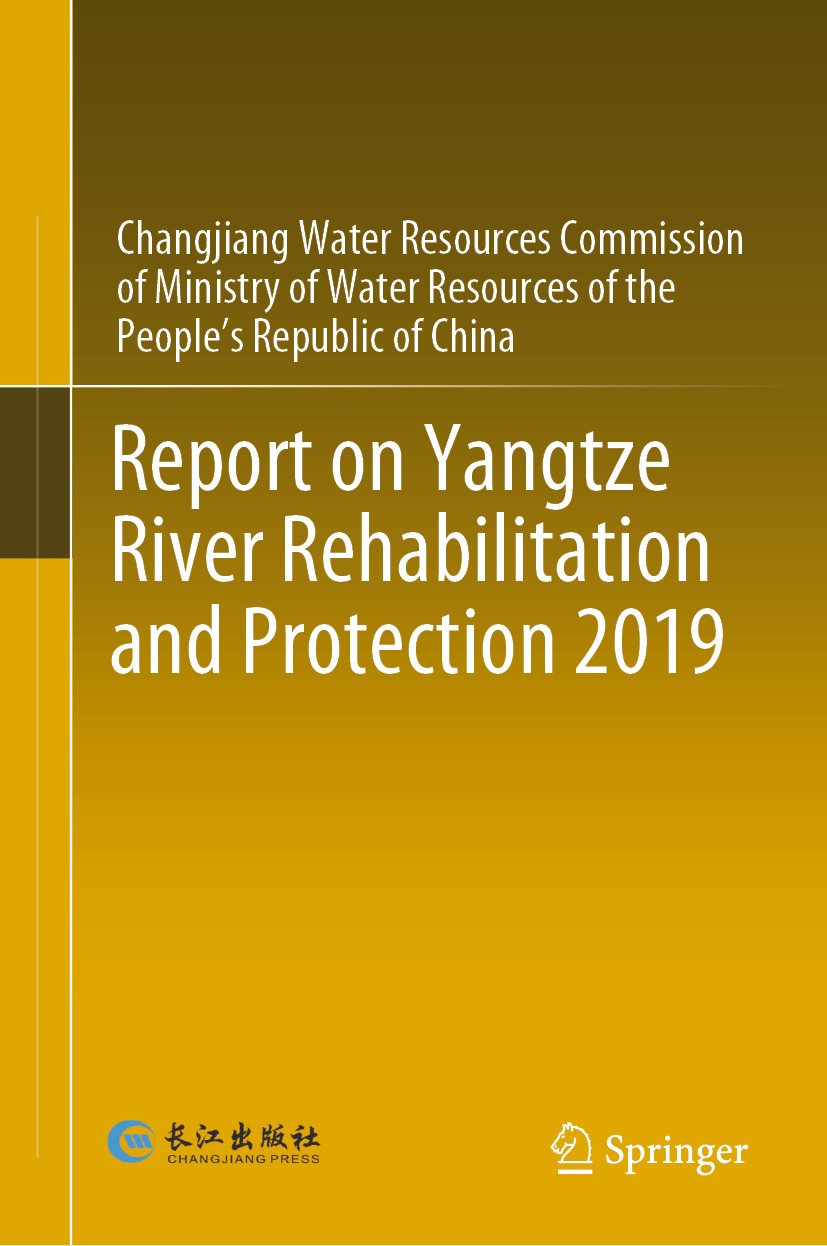Changjiang Water Resources Commission of Ministry of Water Resources of the Peoples Republic of China
Wuhan, China
ISBN 978-981-16-4926-4 e-ISBN 978-981-16-4927-1
https://doi.org/10.1007/978-981-16-4927-1
Jointly published with Changjiang Press (Wuhan) Co., Ltd.
The print edition is not for sale in China (Mainland). Customers from China (Mainland) please order the print book from: Changjiang Press (Wuhan) Co., Ltd.
Changjiang Press (Wuhan) Co., Ltd. 2022
This work is subject to copyright. All rights are solely and exclusively licensed by the Publisher, whether the whole or part of the material is concerned, specifically the rights of reprinting, reuse of illustrations, recitation, broadcasting, reproduction on microfilms or in any other physical way, and transmission or information storage and retrieval, electronic adaptation, computer software, or by similar or dissimilar methodology now known or hereafter developed.
The use of general descriptive names, registered names, trademarks, service marks, etc. in this publication does not imply, even in the absence of a specific statement, that such names are exempt from the relevant protective laws and regulations and therefore free for general use.
The publishers, the authors, and the editors are safe to assume that the advice and information in this book are believed to be true and accurate at the date of publication. Neither the publishers nor the authors or the editors give a warranty, express or implied, with respect to the material contained herein or for any errors or omissions that may have been made. The publishers remain neutral with regard to jurisdictional claims in published maps and institutional affiliations.
This Springer imprint is published by the registered company Springer Nature Singapore Pte Ltd.
The registered company address is: 152 Beach Road, #21-01/04 Gateway East, Singapore 189721, Singapore
Preface
The Yangtze River, respected as the mother river of the Chinese nation, has contributed immensely toward the socio-economic development of China and braced up the national strategies such as the development of the Yangtze River Economic Belt and the integrated development of the Yangtze River Delta. Whether the Yangtze River is under good stewardship has implications on not only the well-being of more than 400 million inhabitants in the Basin, but also in broader sense the overall sustainability of socio-economic development of the whole country.
Since the founding of Peoples Republic of China, especially since the reform and opening-up policy was adopted, a number of skeleton water projects have been completed in succession, e.g., the Three Gorges Project, the South-to-North Water Transfer Project and the mainstream embankment strengthening. The situation of flood control and disaster mitigation and water resources utilization has been radically improved, the eco-environmental protection gradually strengthened, and the integrated river basin management constantly enhanced. All these have worked to ensure the securities of flood control, water supply, ecology and energy, leading to sustainable socio-economic development.
When inspecting the Yangtze River, General Secretary Xi Jinping eagerly urged that we must consider the long-term interests of the Chinese nation and give our first priority to the eco-environmental restoration in the Yangtze River Basin to promote well-coordinated eco-environmental conservation and avoid excessive development, which provides the fundamental guidelines for rehabilitation and protection of the Yangtze River in the New Era. To answer the calls for well-coordinated environmental conservation of the Yangtze River, the Changjiang Water Resources Commission (CWRC), together with the institutions dispatched by line ministries and committees (Agencies) in the Yangtze River Basin, as well as related universities, research institutions and enterprises, jointly launched the League of Science and Technology Innovation for Changjiang Rehabilitation and Protection. To summarize the achievements and experience of the Yangtze River rehabilitation and protection, analyze the new situation and requirements and discuss the main issues and their solution alternatives for the Yangtze River rehabilitation and protection efforts, the Report on Yangtze River Rehabilitation and Protection 2019 (hereinafter referred to as the Report 2019) was hereby prepared. The Report 2019 was prepared by the CWRC, and the preparation of subsequent annual report will be taken over by the League.
Part I of the Report 2019 reviews the history and achievements of the Yangtze River rehabilitation and protection in the recent 70 years, identifies the new requirements for building ecological civilization and sustaining high-quality socio-economic development, proposes the general plan to build a Secure, Green, Solidary and Beautiful Yangtze River and formulates the strategic measures regarding flood control and disaster mitigation, comprehensive water resources utilization, eco-environmental protection and integrated river basin management, to ensure the sustainability of a clean and clear Yangtze River for generations to come. Part II of the Report 2019, in alignment with the characteristics of the Yangtze River Basin and the focuses of social concerns, elaborates on major topics including the Plan of Integrated Management of the Yangtze River Basin, changes of relation between the River and the Two Lakes (the Dongting Lake and Poyang Lake), inter-basin water transfer, joint operation of group reservoirs and protection of water resources and proposes major scientific and technological subjects to be studied.
Due to a tight time-schedule, a wide scope and high complexity about the Yangtze River rehabilitation and protection, plus a limited knowledge base of the authors, this Report 2019 may contain errors and inaccuracies, for which your scrutiny and corrections are very much appreciated.
Wuhan, China




